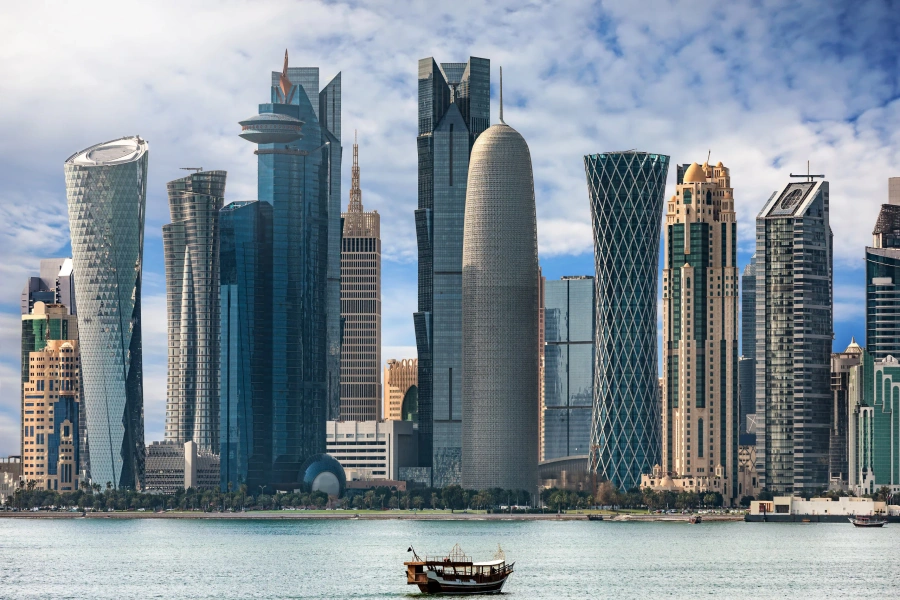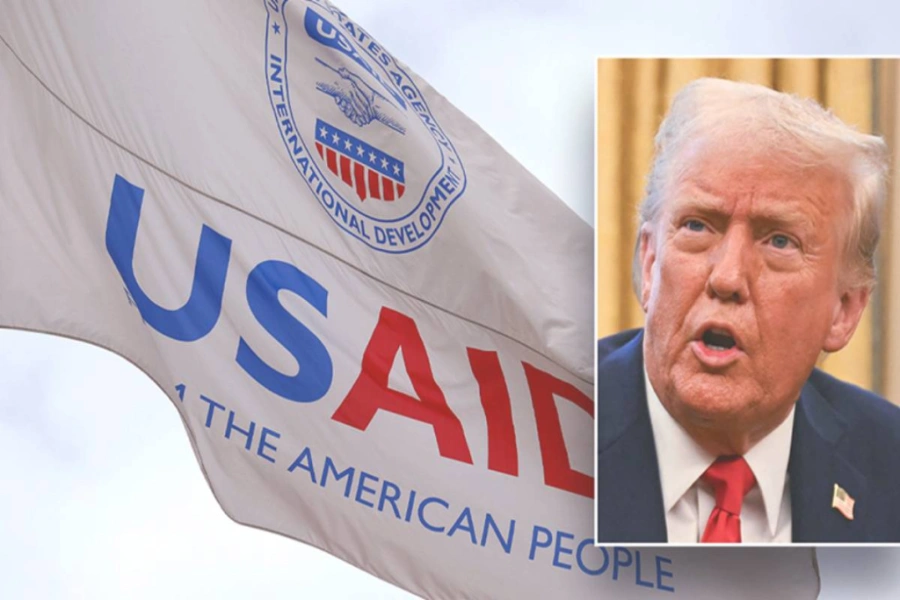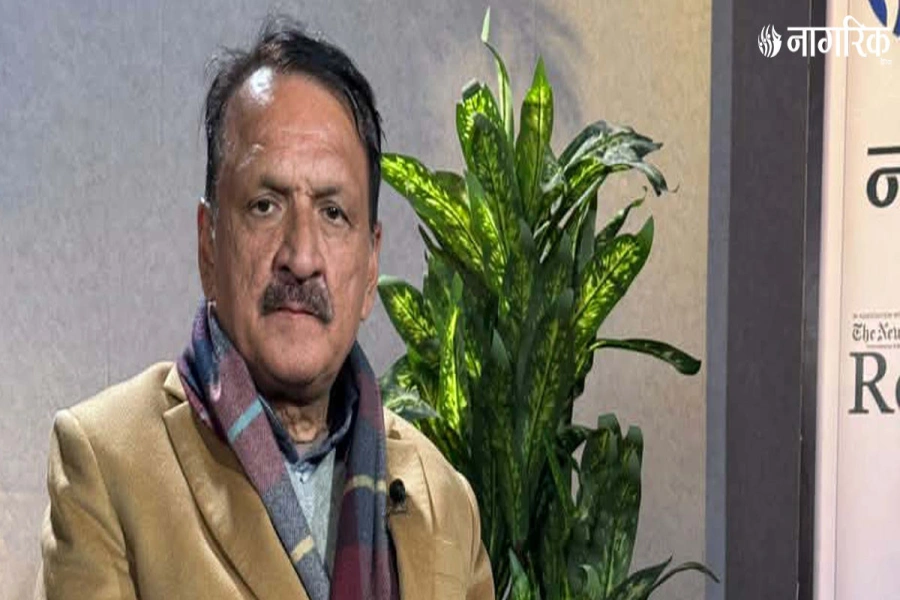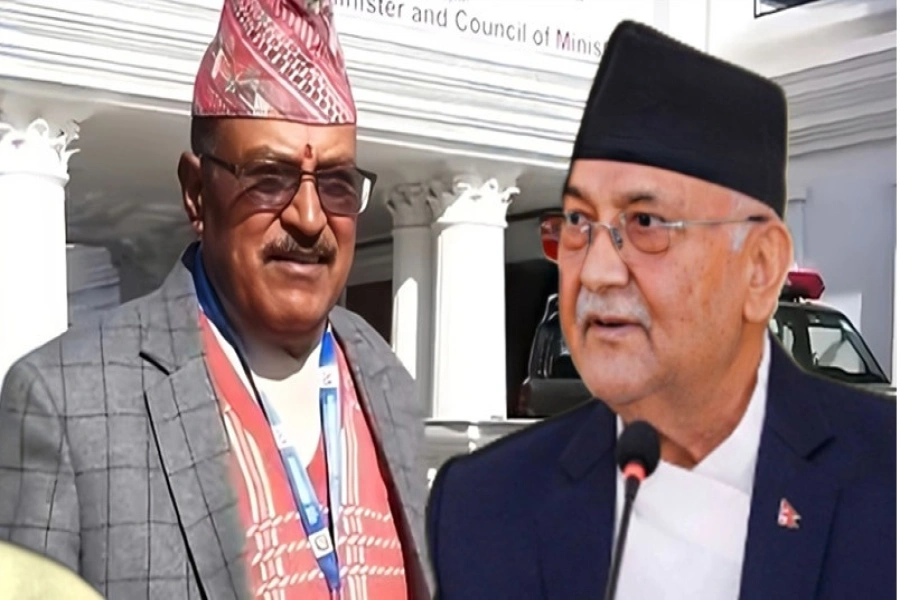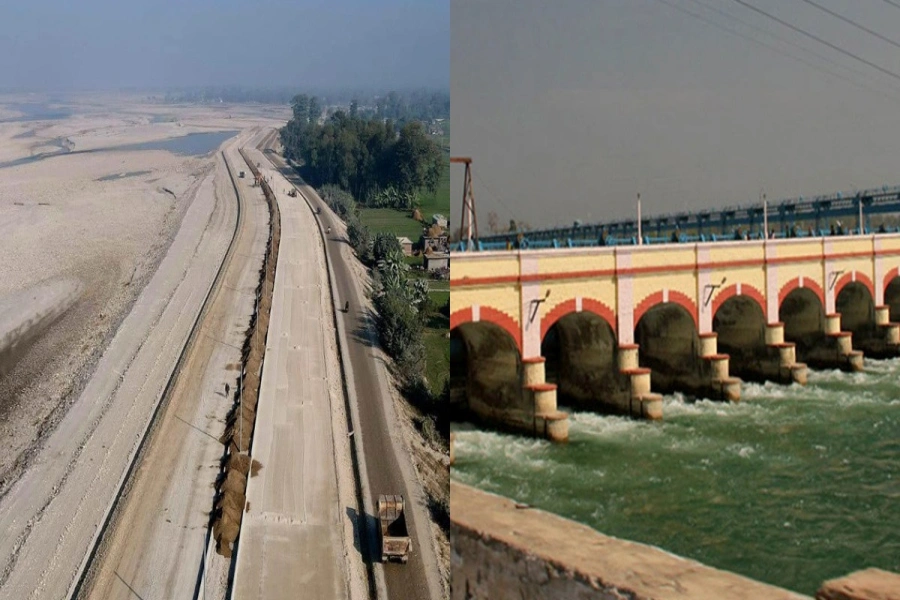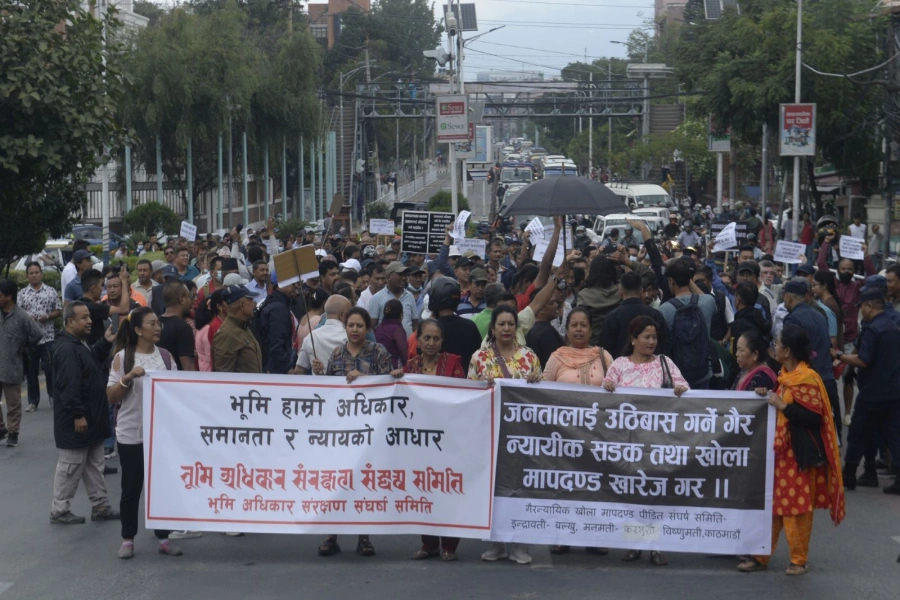Big challenges to Budhi Gandaki comprise technical, social and economic questions that are yet to be fully resolved.
Since its inception, Budhi Gandaki Hydroelectric Project (BGHEP) has been proposed as the definitive means to resolve Nepal’s power crisis. But the actual execution of BGHEP has been characterized by indecision and missteps. Initially, the government of Nepal intended to build BGHEP as a 1,200 MW storage project that would include fisheries, a state-of-the-art environmental impact assessment and a man-made lake as a tourist destination.
But beset by criticism and opposition from locals for years and unable to gather the needed finance, the government awarded the project to China Gezhouba Group Corporation in June 2016. This contract prompted a hue and cry from many who claimed the award violated country’s Public Procurement Act. The contract was then nullified in November 2016—posing yet another obstacle for this “national pride project.”
So while BGHEP appears to be in another holding pattern for the moment, perhaps it is a good time to revisit some of the technical, economic, and social factors that make the project a challenging venture and explore some alternatives to overcome those challenges.
The premise for BGHEP rests upon a perceived need for storage projects to balance out run-of-river projects that currently dominate Nepal’s hydro portfolio. However, as most Nepali rivers are snow fed and the impoundments are mostly run-of-river type, water levels fluctuate heavily. During the dry season, power production drops by as much as 40 to 60 percent of the installed capacity. This creates problems in meeting peak demand during the times when electricity consumption rises.
Storage projects promise to off-set this issue by holding water that can be released strategically during the times of peak demand. And just a few storage projects would be needed to shore up these potential gaps of electricity supply in a complete run-of-river portfolio.
Great challenge
Govt proposes three alternatives to fund 1,200-MW Budhi Gandaki...

The greatest challenges to BGHEP comprise technical, social and economic questions that have not yet been fully resolved.
The proposed dam height for BGHEP is 263m with a length of 760m. Its reservoir will inundate 6,637 hectares of land, of which 3,260 is currently being used for agriculture and settlement. Once constructed, the dam will affect 27 VDCs—14 Gorkha and 13 in Dhading districts. All but two settlements are comprised of populations that make land-based livelihoods, which means inundation and changes to river flow will impact their ability to make money. In addition, two major trade centers (Aarughat and Bisalbazar) that help to feed the northern parts of Gorkha and southern Dhading will be inundated.
More than 45,000 Nepalis stand to be displaced and no alternatives have yet been offered for their resettlement and rehabilitation. This has caused great consternation among those who will be affected.
The current economic projections of cost and revenue are not favorable. The projected cost for BGHEP is US$ 2.5 billion, which does not include resettlement and rehabilitation costs for the 45,000 displaced people. Resettlement cost could raise the total bill by nearly one-third, as much as 3.35 billion US$. The estimated cost per unit of energy for BGHEP is 21.5 cents, which is approximately four times the price per unit in the local market. If we add resettlement and rehabilitation costs, the energy cost per unit rises to 30 cents—which is not viable for today’s competing market.
Furthermore, the current project configuration will also inundate and preclude several other potential run-of-river sites downstream, thus negating the potential for electricity and revenue returns from those areas to local governments.
Two alternatives
Given this formidable obstacles, we suggest that renewed focus be laid on height of the dam. The government should explore two potential alternatives.
First, it should reduce BGHEP dam height from 263m to 225m and develop it as a multipurpose project like the Tehri dam in India. The Tehri project (261.5m) generates 2,400 MW, controls flooding, irrigates 0.27 million hectares of land, and provides drinking water to millions in Delhi and Uttar Pradesh. It is situated at a similar geologic setting of BGHEP.
BGHEP’s dam height is not being optimized in the current configuration. If we compare incremental benefits with incremental costs, 700-750 MW project at 225m dam height would be a better option. On the direct benefit side, a preliminary calculation shows that a 225m high dam can provide approximately 750 MW and 2,800 GWh of annual energy. The estimated cost for this option is around 1.5 to 1.75 billion dollars—more than one billion US$ savings on labor, materials and equipment.
A 225m configuration would also lower the number of people requiring resettlement and rehabilitation from 45,000 to 15,000, which would save an additional 600 million US$. With a savings of nearly 1.6 billion US$, Nepal could construct another 500-800 MW storage project to generate 2,500-3,500 GWh of annual energy.
Lowering the dam will also save two to three years on construction time and make the operations more manageable. The reduction of generation capacity will be compensated for by lowered costs and social impact.
Second, we should reduce BGHEP to 185m and develop six projects upstream in cascade. At this height, most of Arughat Bazar, agricultural land, and associated infrastructure will be spared. The number of people displaced would be reduced to only a few thousand, and construction and maintenance costs will be low. This configuration will generate around 575 MW power and 2,200 GWh energy at the cost of 1.5 billion US$.
Presently there are six projects planned for upstream of BGHEP that would generate a combined 1,200 MW of power and 6,000 GWh of energy annually. Reducing BGHEP to 185m will increase the capacity of these upstream projects by 100 MW (or 400GWh annually). This cascade development alternative would save the planned amenities for the Budhi Gandaki corridor and offer tremendous potential for integrated development opportunities for the entire river basin.
Cascade model
Cascading dams require smaller reservoirs and thus enable full use of reservoir storage to redistribute water resources more efficiently while also maximizing economic benefit. In other words, Nepal could draw greater value and equivalent power generation for every ounce of water.
This is not to say that a cascade configuration would be without challenges. As climate change impacts affect water resource distribution in the hills, optimal scheduling of cascade hydropower stations would be demanding and require significant coordination.
Therefore, we would recommend that a cascade configuration be operated by a single power producer rather than several separate entities. As one suggestion, NEA could collaborate with foreign investors for the cascade development, but maintain the lead in operation and management.
While these additional options are considered we would also encourage the government and Nepal Electricity Authority to reconsider options for drawing investors. While Nepali financing options should be considered first, foreign investors will likely be more attracted to BGHEP with a cascade design, as it will reduce the time and costs associated with its construction.
Butler is an independent researcher living in Kathmandu, Devkota assistant professor of economics at University of Minnesota, and Nepal executive director of Waterplan Nepal Pvt Ltd, Kathmandu



